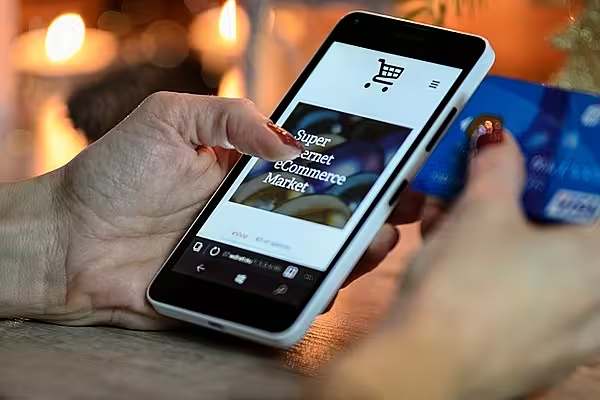Online grocery sales still make up a very small share of the UK market, despite the comparatively more rapid growth of e-commerce when compared to in-store sales, Nielsen revealed today.
In 2017, British online sales grew by 4.6% to £6.6 billion, while in-store revenue only grew by two-thirds of that rate (3.4%). However, the online percentage of market share only rose by 0.1% throughout the year.
"Despite the hype and attention given to online and its ability to change the way people shop, the reality seems rather different,” commented Aylin Ceylan, Nielsen’s analytics business partner.“Although online spend increased by around £300m last year, a 0.1% rise in market share is a rather pedestrian rate. Many will be surprised it's not faster but online shopping in grocery, unlike many other sectors, is much more a complementary option to stores not an ‘instead of’ option."
Frequency Of Shops
She said that two-thirds of grocery shoppers buy their purchases online, with an average basket size that is roughly four times larger than in-store. However, online shoppers purchase far less frequently than in-store customers - 11 'trips' per year compared to 247 per year respectively.
This is because ecommerce takes the majority of the 'big shop' and weekly trips (82% share). These types of shops make up only 44% of in-store sales. Conversely, 'top-up' shopping is far more common at a bricks-and-mortar retailer (57% versus 18% online).
Due to its priority as a 'big shop' venue, shoppers buy more products in the pet care, baby/toddler, frozen food, and household/cleaning segments, Nielsen said.
While delivery costs are often thought to hinder online sales, Nielsen found that only 25% of shoppers felt that delivery costs negatively affected their ability to purchase groceries online.
Innovative Business Models
Ceylan said that innovative business models for online, especially ones that increase convenience, will help grow its share of sales. She commented, "2018 may be a seismic year for online grocery with the rise of voice assistants from Google and Apple, the Dash button from Amazon, the extension of click & collect to more supermarkets all making it easier for shoppers, as well as online meal-kit and ‘box’ subscriptions such as Hello Fresh and Graze offering new purchasing opportunities."
In December, a Nielsen study found that healthy eating was one of the major trends of 2017, with free-from products and fresh-fruit developing as two of the fastest-growing categories.
© 2018 European Supermarket Magazine – your source for the latest retail news. Article by Karen Henderson. Click subscribe to sign up to ESM: European Supermarket Magazine.














